More than 30 students from the Texas A&M University-Corpus Christi Harte Research Institute have just experienced a thrilling marine drone demonstration showcasing the critical application of unmanned aerial systems in coastal and marine science applications. The demonstration was held in downtown Corpus Christi and provided students with hands-on experience working with Drone Technology for environmental monitoring and emergency response purposes.

The event was hosted by the National Spill Control School, giving the participants a unique chance to engage with leading scientists and learn actual applications to solve timely oceanic challenges, including oil spill response and marine disaster protocol. This hands-on educational opportunity is a key step towards preparing the future generation of marine science experts to successfully utilize cutting-edge drone technology in their own professional futures.

Revolutionizing Marine Emergency Response Training with Drone Technology
The highlight of the event focused on highlighting how drone technology can revolutionize marine emergency response capability. Students were able to witness live demonstrations of aerial systems that were specifically designed for monitoring oil spills, conducting environmental surveys, and supporting disaster response operations along coastlines.
Dr. Keith Muhlestein of TAMU-CC’s National Spill Control School spelled out the critical necessity for readiness on all aspects of marine accidents. “It’s crucial to be prepared for any kind of spill — small, medium, and large — and they’re happening all the time,” he explained, observing the manner in which drone technology provides crucial real-time data collection capabilities that can significantly augment response.
The practical training component allowed students to understand how drones have the ability to rapidly assess environmental damage, monitor spill progression, and remotely control response activities. These capabilities are extremely useful during decision-making under time constraint situations in real-world maritime emergencies when more traditional monitoring methods would be too slow or dangerous to employ effectively.
Students Welcome Hands-On Learning Opportunities
The experience resonated personally with participating students, who realized the bigger picture of integrating drone technology into applications in marine science. TAMU-CC student Christian Harvey praised the educational value of the experience, citing its applicability to community benefit.
“I believe it is a very useful tool for the community in that it acclimates young, healthy individuals to all of the methods and different practices utilized in the event of a disaster,” Harvey stated.
The practicality of the training provided students with hands-on experience beyond book-learning. The students gained first-hand experience operating marine-focused drone systems, interpreting aerial information, and understanding how unmanned systems integrate within overall emergency response plans. Such hands-on learning plays a critical role in developing the technical competencies needed in the modern marine science professional.
The demonstration also motivated students who are interested in a career in environmental monitoring, coastal resilience, and emergency response. By providing students with first-hand experience of cutting-edge technology and expertise, the demonstration opened up doors to students to envision themselves as marine science innovation leaders of tomorrow.

Building Tomorrow’s Marine Science Leaders
National Spill Control School, established in 1977 and certified as an Oil Pollution Act of 1990 consulting and training firm, brings the gravitas of decades of experience to something like this demonstration. Their professional training programs close the gap between classroom and field application, so students don’t just learn the technical and regulatory aspects of marine emergency response, but how to apply them.
Texas A&M University-Corpus Christi, a place classified as an R2-High Research Activity institution, continues to make a name for itself as a marine science Education powerhouse. The fact that the university maintains UAS test site designation positions it well to integrate drone technology into the curriculum, and its numerous research centers continue to provide ongoing opportunities for students to engage with advanced marine science applications.
The Harte Research Institute’s unique interdisciplinary design, known as the HRI Model, integrates scientific research with economic, policy, and sociological expertise. The multi-disciplinary approach ensures that students are taught how to integrate drone technology into overall marine conservation and management methods and are capable of solving complex environmental issues that require solutions from various fields.
As these students move through their academic and career paths, their contact with marine drone technology will be extremely beneficial in solving tomorrow’s ocean-related issues and safeguarding the marine environment for generations to come.
Photos courtesy of Texas A&M University-Corpus Christi
Discover more from DroneXL.co
Subscribe to get the latest posts sent to your email.
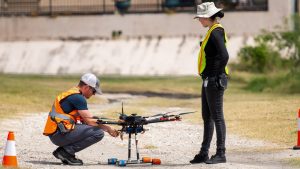

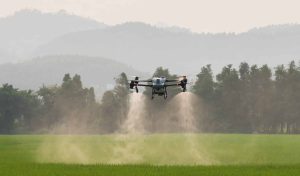
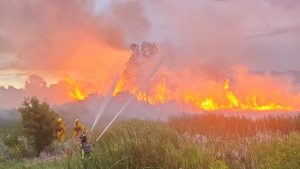
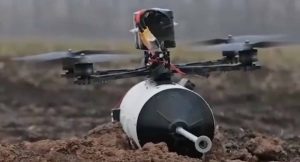
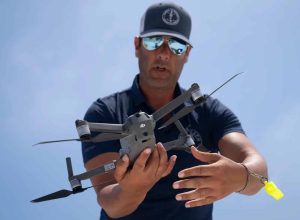


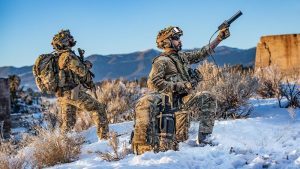
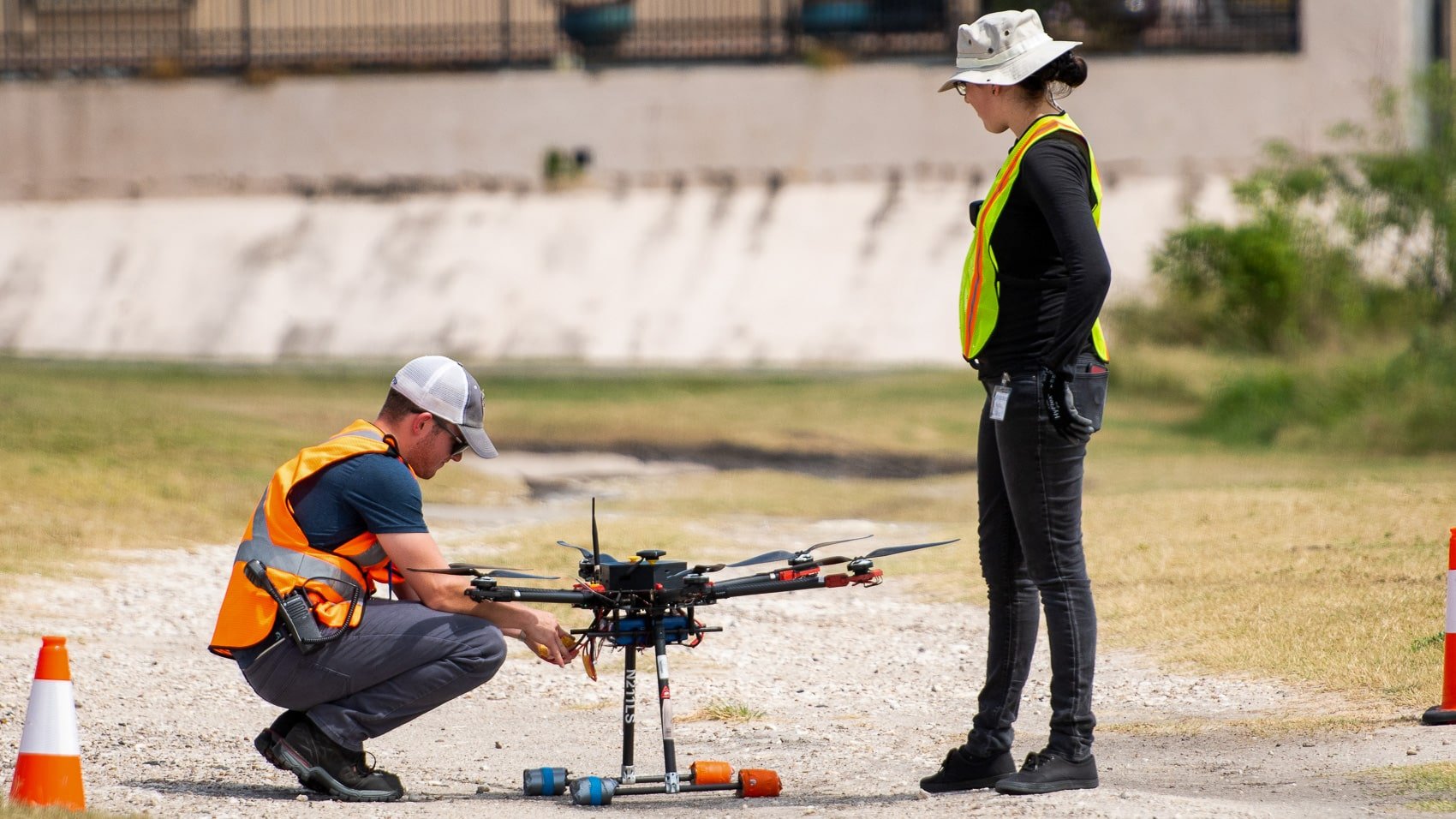

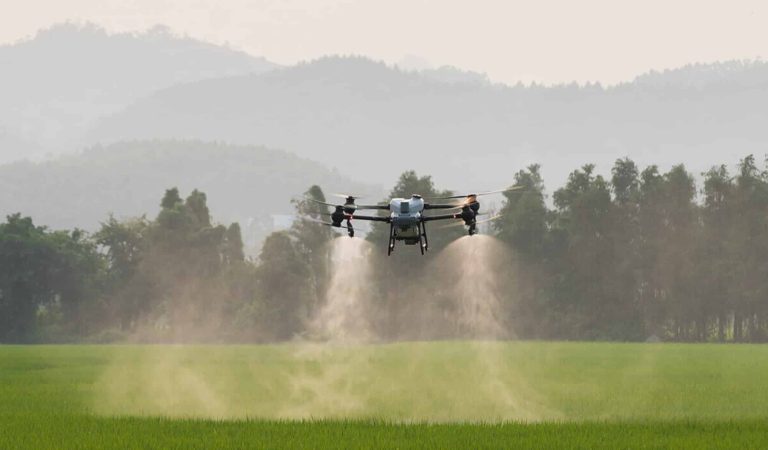
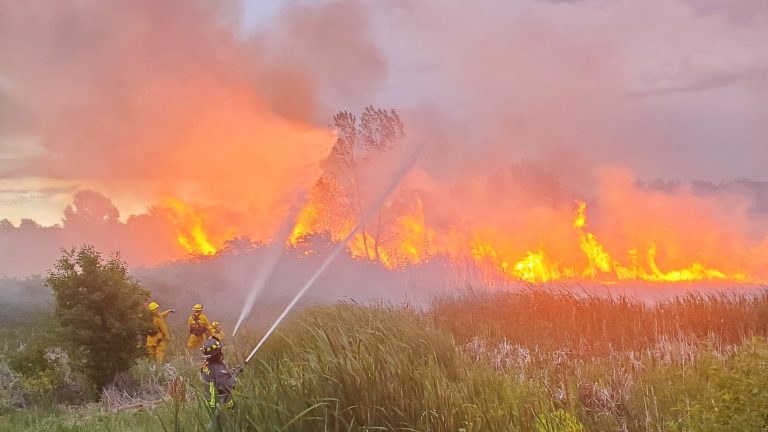
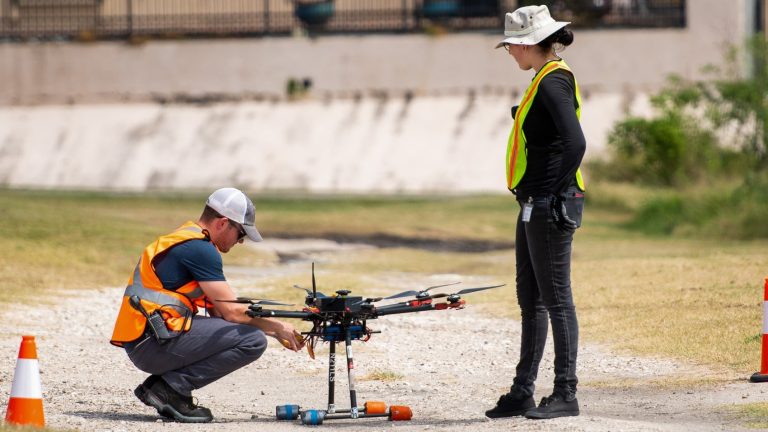
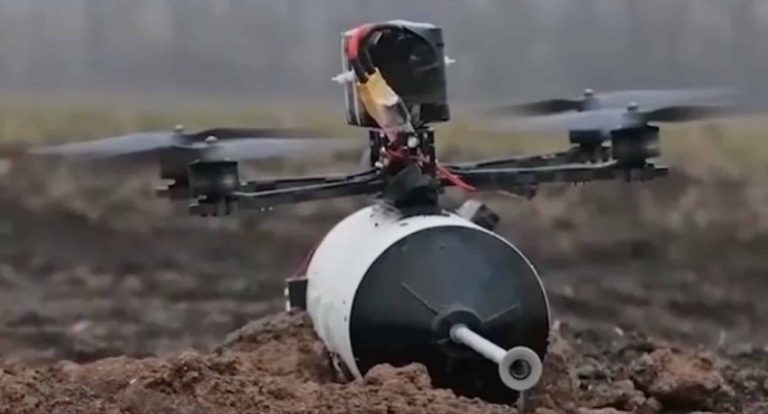
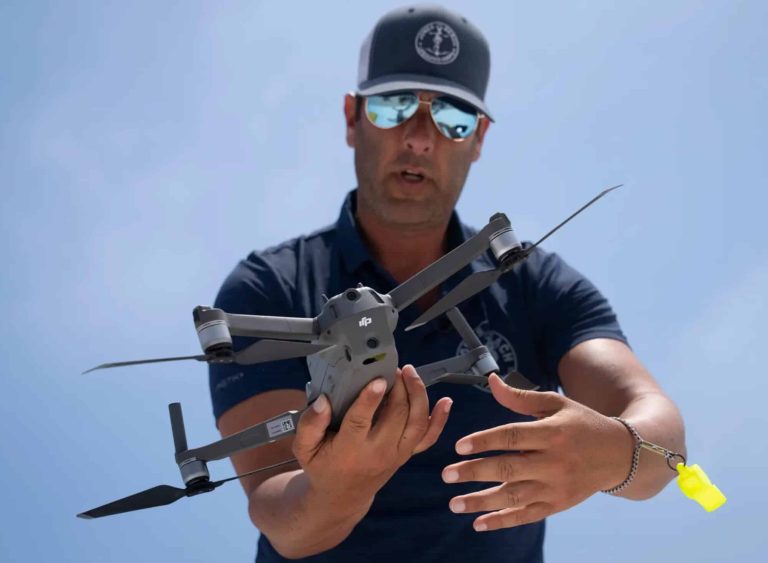

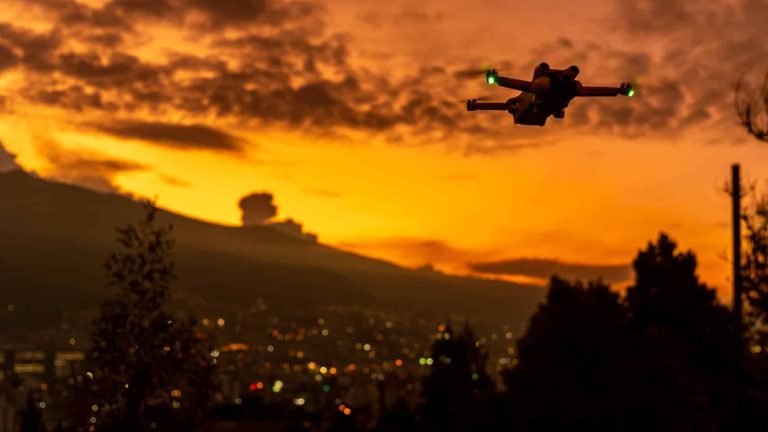
+ There are no comments
Add yours